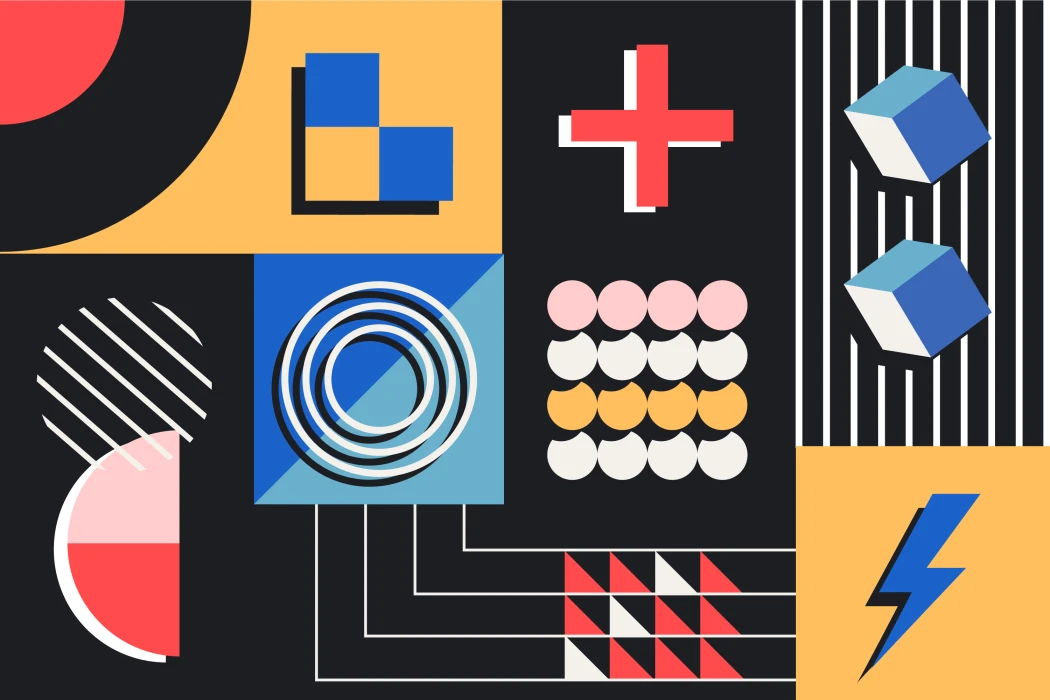Combining UX Design with SEO techniques can be valuable to stand out in the digital world. More than attracting visitors, it is necessary to provide a pleasant and efficient experience. Before understanding how SEO and UX Design can complement each other, we need to understand these concepts.
What is SEO?
Search Engine Optimization (SEO) is a set of techniques applied to increase visibility in search engines, presenting itself as qualified content to the audience in an organic way. SEO ensures your site is optimized to appear higher on the search engine results page (SERP). With proper SEO implementation, you can improve the ranking of your pages and drive more organic traffic to them. These strategies are applied to pages, texts, and codes to increase website traffic. After all, for people to be interested and purchase your products and services, they need to know about them.
What is UX Design?
UX Design is a field dedicated to enhancing the overall user experience when interacting with a product. It involves understanding the needs and behaviors of the users. Designers create intuitive and user-friendly interfaces and understand how the users engage with the product, the tasks they can accomplish, and how content is organized. The primary goal of UX designers is to create meaningful and delightful experiences that align with user expectations. Additionally, UX Design considers the business goals, whether it involves increasing customer satisfaction or driving sales conversions.
Understanding the link between UX and SEO
UX Design and SEO share a common interest: creating an accessible website for the user that can deliver precisely what they need. To maintain a high position in the search rankings, it is necessary to keep the user on your website for a reasonable amount of time; in this case, it is understood that the initial question asked by the user has been answered. By analyzing what keeps the user engaged or can make them give up on your website, a good user experience can be developed.
Users stay on a website when they can easily find what they are looking for, when the overall experience is pleasant, and when they see content related to their initial interest.
Think About The Users
Creating a pleasant website involves understanding your audience, interests, and behaviors. This doesn't mean focusing only on general characteristics like age, location, or gender. Creating Personas can be an exciting way to gain deeper insights into their mindset, challenges, behaviors, and habits.
Personas may only sometimes be the target audience. For example, in the case of pet products, the target audience is the pets, but the Buyer Persona could be their owner or even a veterinarian. The same thing happens with kids' clothes, the target audience is the kids, but the Buyer persona is the kids' parents.
Understanding the Persona is valuable to UX Designers. Still, it also helps SEO experts define keywords that should be highlighted and the content that will be useful and valuable in keeping the users engaged on the website. The focus should be on helping the user meet their needs, which doesn't necessarily mean generating a large volume of information, but rather ensuring that the information provided is precise and concise.
Responsiveness and Speed
Responsiveness and speed are crucial elements to keep users on your website for extended periods. The content should be easily readable and organized pleasantly, considering optimization for different screens. Pages that are too slow or not adaptable to users' devices tend to make the experience more challenging and frustrating, causing them to lose interest in your content or product.
Good Architecture and Navigation
A good website architecture refers to how the pages are structured and how they relate to each other. Categories and subcategories should be created logically and straightforwardly to organize the content or products. This structure should not only be visually appealing but also functional for users. It should be simple and intuitive, allowing the user to reach their desired destination in a few clicks from the home page while also efficiently finding and utilizing the website's features.
Conclusion
UX Design is a crucial tool for creating a pleasant and intuitive user experience, while SEO optimizes content to enhance a website's visibility in search engine rankings.
Integrating UX and SEO enables a more effective digital strategy, amplifying visibility and conversion rates. It is important to note that UX and SEO encompass applications and functions beyond what has been mentioned. However, the collaboration between designers and SEO specialists provides high-quality content that delivers enduring outcomes, driving online success.
Subscribe to
Our
Newsletter
Join 1,000+ people and recieve our weekly insights.

Success!
Thank your for subscribing to Buzzvel's
Newsletter, you will now
receive
amazing
tips
and insights weekly.




